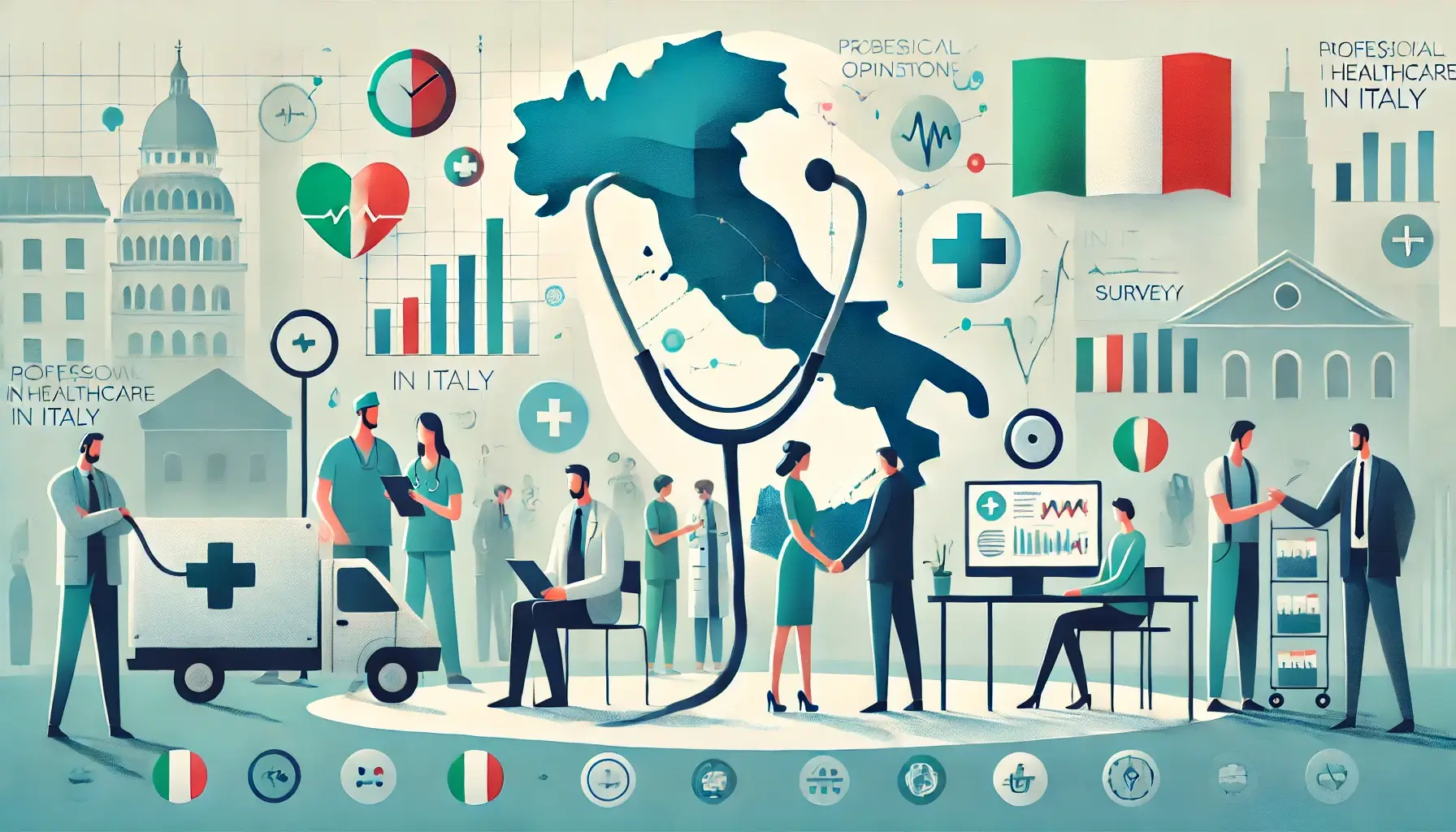Healthcare remains one of the most pressing topics in public discourse, influencing millions of lives and shaping national policies. In Italy—where regional disparities and evolving public needs create a complex landscape—understanding public perception of healthcare is crucial. Recently, we conducted a comprehensive survey with over 1,000 respondents from various Italian regions to capture their opinions on the current state of healthcare. This article delves into our findings, highlights key trends, and proposes actionable strategies to address the challenges identified.
Survey Methodology and Demographics
Our survey was meticulously designed to capture a broad spectrum of opinions on healthcare services. We structured the questionnaire into four major sections to provide a comprehensive overview:
- Quality of Care: Assessing the competence of healthcare professionals, the availability of advanced medical technology, and overall service efficiency.
- Waiting Times: Evaluating experiences with appointment scheduling and the time required to receive care.
- Accessibility: Examining the ease of access to healthcare facilities, especially contrasting urban centers with rural or peripheral areas.
- Overall Satisfaction: Gauging general sentiment toward the national healthcare system and gathering suggestions for improvement.
Data were collected over a one‐month period, ensuring a balanced representation in terms of age, gender, and region. This enabled us to analyze both national trends and local disparities, particularly between well-served urban areas and more challenging rural environments.
Detailed Analysis of the Survey Results
The survey results reveal several critical insights:
- Quality of Care
Approximately 65% of participants believe that the quality of care requires significant improvement. Respondents emphasized the need for:- Enhanced Medical Expertise: Continuous training and professional development to keep pace with modern practices.
- Technological Integration: Investment in state-of-the-art medical equipment to improve diagnostics and treatment efficiency.
- Improved Infrastructure: Upgrading outdated facilities and reducing overcrowding in emergency rooms.
- Waiting Times
Long waiting periods were a significant concern, with 58% of respondents expressing dissatisfaction. Key observations include:- Regional Disparities: Extended waiting times, particularly in southern and rural regions compared to major cities like Rome and Milan.
- Impact on Health: Delays can lead to deteriorating health conditions for those in urgent need.
- Suggested Solutions: Streamlining appointment systems and increasing both specialist availability and digital scheduling tools.
- Accessibility to Services
The survey highlighted significant disparities in access:- Urban vs. Rural Divide: While urban residents generally report satisfactory access, only 45% of respondents in rural areas feel they have convenient access, underlining a key equity issue.
- Transportation Challenges: Many in remote areas face difficulties due to long distances and limited public transport.
- Telemedicine: Expanding telemedicine services is seen as a promising way to bridge the accessibility gap.
- Overall Satisfaction
Overall, 55% of participants rated the current healthcare system as neutral or unsatisfactory. Despite acknowledging ongoing efforts, respondents call for targeted interventions to address:- Perceived Inaction: A slower-than-needed pace of reform in response to urgent healthcare issues.
- Comparative Criticism: Unfavorable comparisons with other European nations that seem to invest more robustly in public health.
- Constructive Feedback: Suggestions for more transparent communication and better integration of services.
Discussion: Points of Reflection and Improvement Proposals
The survey results underline several critical areas that could benefit from strategic action. Here are some of the key proposals:
- Reducing Waiting Times:
Optimizing appointment scheduling and increasing both human and technological resources—especially in regions with high demand—could significantly reduce delays. Implementing digital booking systems may streamline the process. - Ensuring Equitable Access:
Addressing the urban-rural divide is crucial. Innovative solutions, such as expanding telemedicine services, can provide remote consultations and improve accessibility for underserved communities. - Continuous Professional Training:
The quality of care is closely linked to the ongoing education of healthcare professionals. Investing in continuous training programs—including online courses and simulation-based learning—can enhance overall service quality.
Conclusions
Our in-depth analysis indicates that while there are strengths within the Italian healthcare system, significant challenges remain in terms of quality, waiting times, and equitable access. The insights gathered from our survey highlight the urgent need for:
- Enhanced Investment: In modern technologies and infrastructure upgrades.
- Digital Innovations: Such as telemedicine and efficient appointment systems to reduce waiting times.
- Targeted Policy Actions: To address regional disparities and promote continuous professional development.

READY TO MAKE A DIFFERENCE?
Join our community of opinion-makers and share your insights to help shape tomorrow’s trends. Take quick, engaging surveys and earn rewards along the way.
